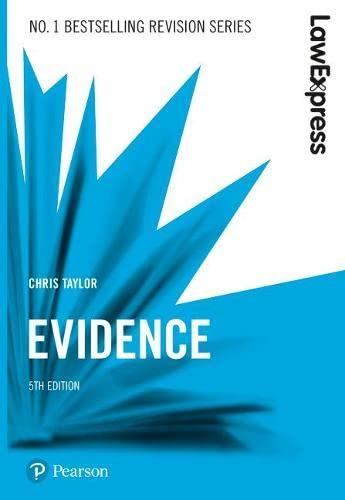Question
Facts Knox Creek Coal Corporation operates coal mines in West Virginia. The U.S. Department of Labor charged Knox's Tiller No. 1 Mine with significant and
Facts
Knox Creek Coal Corporation operates coal mines in West Virginia. The U.S. Department of Labor charged Knox's Tiller No. 1 Mine with "significant and substantial" (S & S) violations of the Federal Mine Safety and Health Act. According to the charges, inadequately sealed enclosures of electrical equipment in the mine created the potential for an explosion. The Mine Act designates a violation as S&S when it "could significantly and substantially contribute to the cause and effect of a coal or other mine safety or health hazard." Challenging the S&S determination, Knox filed a suit against the secretary of Labor. The Secretary argued that "could" means "merely possible"- if there is a violation, the existence of a hazard is assumed. This position was consistent with agency and judicial precedent and the Mine Act's history and purpose. Knox argued that "could" requires proof of the likelihood of a hazard.
Adapted from Business Law, 14th Edition, by Clarkson, Miller, Jentz and Cross, (2016).
Questions
Using the information from Chapter 43, answer the following questions in a Word document and upload it by the due date.
- Describe the circumstances in which a court would defer to an agency's interpretation of the law? Do these circumstances exist in the instant case? Why or why not? Explain using the specific facts from the case to support your answer.
- In your opinion, should the doctrine of Chevron deference be abolished? Why or why not? Explain.
Step by Step Solution
There are 3 Steps involved in it
Step: 1

Get Instant Access to Expert-Tailored Solutions
See step-by-step solutions with expert insights and AI powered tools for academic success
Step: 2

Step: 3

Ace Your Homework with AI
Get the answers you need in no time with our AI-driven, step-by-step assistance
Get Started


